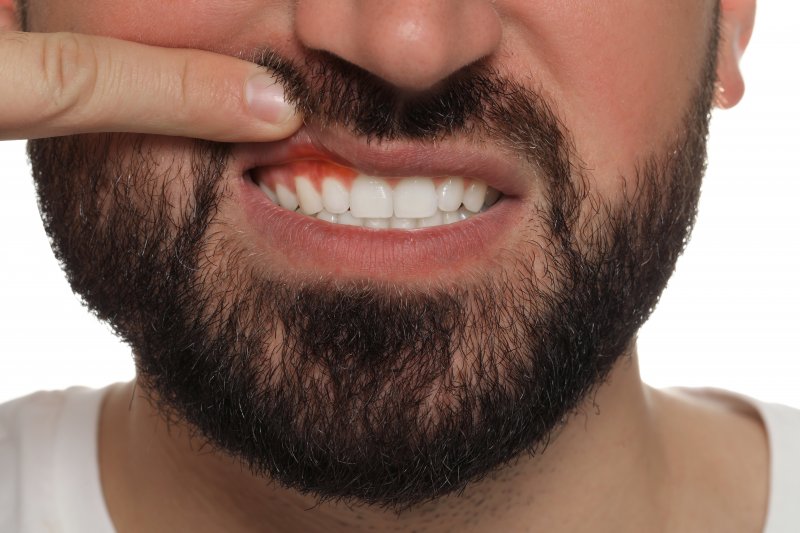
You may have been told by dentists in the past that your oral health is just as vital as the rest of your body. For that reason, it’s more important than ever to take oral care seriously, whether it’s at home or making time for professional checkups and cleanings. Doing so just may put you at lower risk of other chronic diseases, including hypertension (also known as high blood pressure). Read on to learn more about the connection gum disease may have with this potentially life-threatening condition.
Research Points to Gum Disease/High Blood Pressure Connection
According to a recent study conducted at the University College London Eastman Dental Institute, periodontal (gum) damage can also trigger inflammatory responses that impact the rest of the body. This is according to Dr. Francesco D’Aiuto, head of the periodontology unit at the Institute. In their study, they found that those with gum disease were twice as likely to have high systolic blood pressure (i.e. 140 mm Hg or more). Keep in mind that healthy systolic rating (or the top number recorded in a blood pressure reading) is 120 or less.
Additionally, other studies on the association between gum disease and high blood pressure have come out in recent years. For example, a study published in Cardiovascular Research in 2020 showed a linear connection between periodontal disease and hypertension. Researchers found that people with moderate gum disease were 22% more likely to have high blood pressure, while those with severe gum disease were 49% more likely.
How Can You Prevent Gum Disease?
While it can be disheartening to hear that gum disease puts you at risk of other conditions, this chronic dental problem is not a forgone conclusion. It’s entirely possible for you to prevent it from appearing in the first place by simply keeping a few helpful habits in mind.
Stay Committed to Dental Hygiene
Brush twice a day for at least two minutes at a time. Remember to floss at least once a day to remove plaque and food debris from in between teeth, an area that no toothbrush can effectively clean. For extra protection, consider adding an oral rinse designed to target bacteria that causes gum disease to your routine.
Avoid Habits That Increase Your Risk
Using tobacco in any form is one of the worst habits not just for your gums, but your entire mouth. If you’re struggling to quit the habit, speak with a doctor directly for advice on how to move forward. Quitting will dramatically reduce your risk of gum disease as well as other conditions associated with using tobacco.
Pay Attention for Symptoms
Be on the lookout for the following symptoms:
- Bleeding gums after flossing
- Receding gums (teeth that appear longer)
- Sensitive or tender gum tissue
- Discoloration in your gums (i.e. red, purple, or similar side effects)
- Chronic bad breath that does not go away
Keeping these points in mind and changing your habits can make all the difference for your oral and overall health. If you believe you have gum disease of any kind, don’t hesitate to contact a dentist.
About The Center for Advanced Dentistry
Dr. Hornstein and Dr. Schlessel are trained to handle gum disease of varying severities and create highly personalized treatments plans to address your symptoms directly. They always emphasize the connection between oral health and overall health to ensure your whole-body wellness is just as accounted for as your smile. To schedule an appointment, you can contact them through their website.
